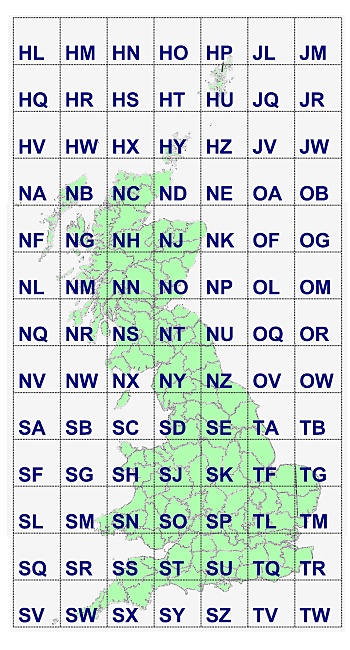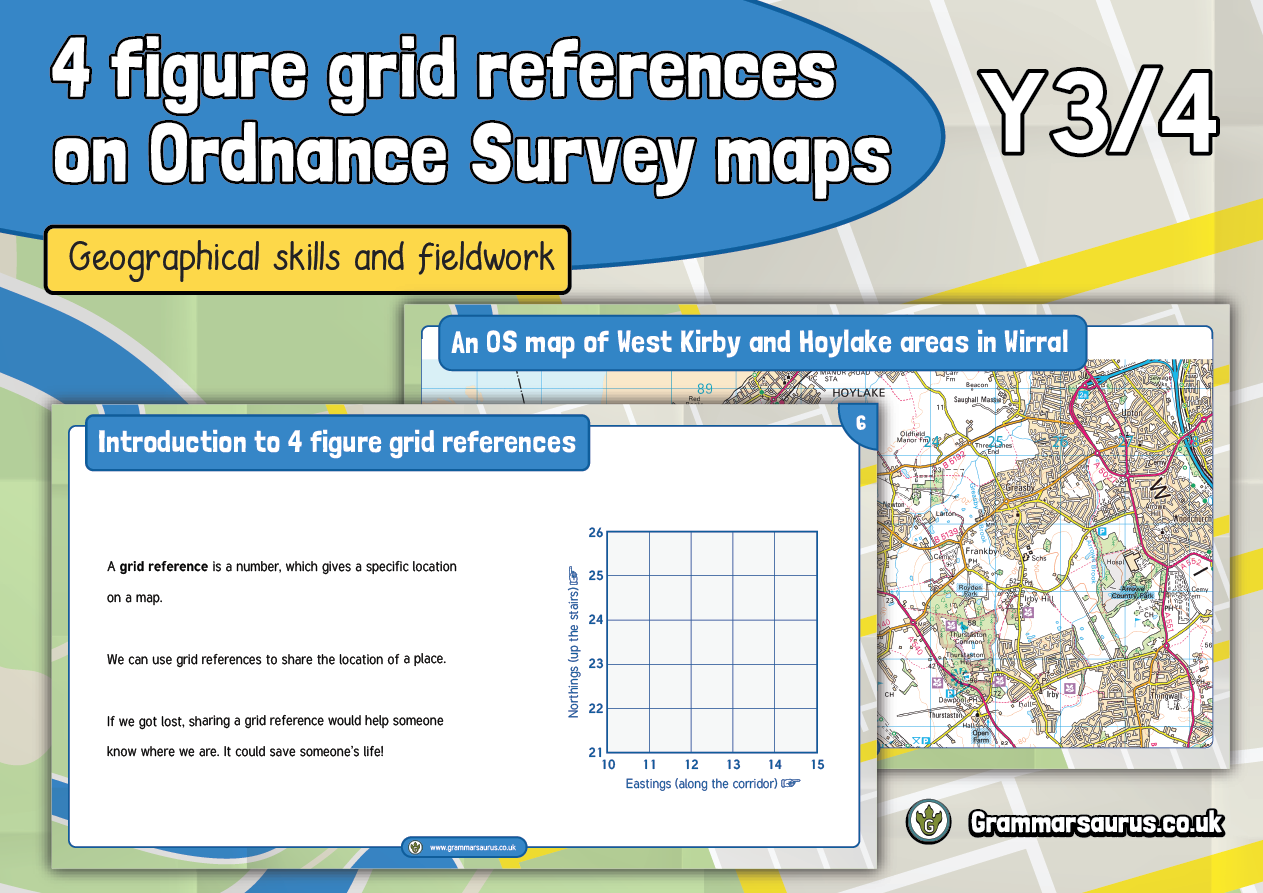

- ORDNANCE SURVEY GRIDS HOW TO
- ORDNANCE SURVEY GRIDS SERIES
- ORDNANCE SURVEY GRIDS FREE
F 17, F 23 and F 30 (the Forestry Commission)ĥ.IR 90, IR 93 and IR 105 (the Tithe Redemption Office).
ORDNANCE SURVEY GRIDS SERIES
124 series from IR 121/1 to IR 135/9 (Valuation Office survey). You can browse our catalogue for published Ordnance Survey maps in the following series, all of which contain significant numbers of Ordnance Survey maps: 4.3 Browsing or searching in specific record series Use the advanced search to search for maps, either using the sheet number (for example, “Devon VIII”) or using a combination of place names with “OS”. There is also a selection of index maps available at The National Archives and at many other archives and libraries. National Library of Scotland sheet indexes – these also cover England and Wales. These websites feature online index maps: You can use the following websites to help you identify sheet numbers or National Grid references on the various different scales and editions of published Ordnance Survey maps. There is no single, comprehensive index of Ordnance Survey maps held here so to find a map you will need to try one of the following search methods: 4.1 Using index maps to find sheet numbers and grid referencesįinding maps, as well as written records, often involves identifying a sheet number or a National Grid reference. ORDNANCE SURVEY GRIDS HOW TO
How to find Ordnance Survey maps at The National Archives Many different editions of Ordnance Survey maps have been produced since then. For many places, the oldest large-scale Ordnance Survey map dates from the 1860s, 1870s or 1880s. Some maps are ordinary editions but others are special editions or special printings. Many include additions made by hand.Īlthough the first Ordnance Survey map was published in 1801, it was many years before it produced detailed maps of the whole country. These include maps used by the Ordnance Survey itself, a government agency since the late 18th century. The National Archives, though not the routine place of deposit for published Ordnance Survey maps (see the Legal Deposit Libraries in section 2 for this) does, however, hold many Ordnance Survey maps used during the working life of various government departments. Ordnance Survey maps at The National Archives You can view Ordnance surveyors’ drawings online at the British Library website.
ORDNANCE SURVEY GRIDS FREE
National Library of Scotland (currently the most comprehensive source of publicly available free digitised maps and index maps).Major libraries, including Legal Deposit Libraries, where published maps are held include:ĭigitised copies of many Ordnance Survey maps are available on several websites including: You can find contact details for archives elsewhere using Find an archive.

Ordnance Survey maps held elsewhere and published onlineįor published Ordnance Survey maps you should head elsewhere before searching at The National Archives as our collection is not comprehensive and you are less likely to find a published map here than online or at libraries and other archives, including local archives.
6-figure - for example, 192454, shows a point within a square.2. 4-figure - for example, 1945, this indicates a single kilometre square on an Ordnance Survey map. There are two main types of grid reference: This description, which will be a series of numbers, is known as a grid reference.īefore you begin to look at grid references it is important to be aware that all the numbers going across the face of the map, for example, left to right, are called eastings (this is because they are heading eastward), and similarly, all the numbers going up the face of the map from bottom to top are called northings again because they are heading in a northward direction). Once you have located where you are, the grid system makes it simple to give others (such as mountain rescue) an accurate description of your location. The lines have numbers accompanying them that allow you to accurately pinpoint your location on a map. 
Ordnance Survey maps are covered in a series of faint blue lines that make up a grid. Warwickshire Historic Environment Record.Warwickshire Libraries and Information Service.Shakespeare Birthplace Trust Record Office and Library.William Dugdales The Antiquities of Warwickshire.







 0 kommentar(er)
0 kommentar(er)
